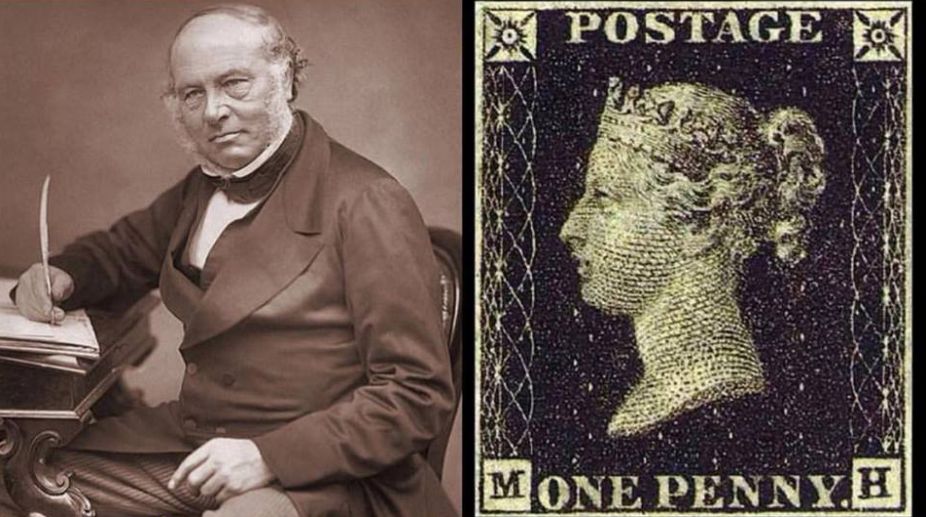The king of hobbies or the ‘Hobby of Kings’, as one might say, stamp collecting is indeed an art by itself. Wall Street Journal estimates that there are about 60 million stamp collectors worldwide. Most of them are casual collectors, who occasionally take interest in their collections and do not intend to take up the hobby fulltime, some of the most famous people in the world were known to be stamp collectors.
Before the introduction of stamps, the cost of sending a letter or a parcel to some place largely depended on the distance and the amount charged by the person carrying it.
Advertisement
The cost of delivery was usually paid by the receiver of the letter. And owing to the large amount of money charged by the postmen, people devised methods to fool the postal service often by refusing the letters. It was in 1840, in England, when the first pre paid postage label was introduced by Sir Rowland Hill, the then Postmaster General. Sir Hill himself designed the first stamp, ‘Penny Black’, as it was later known.
It cost the user one penny for delivery anywhere in the British Isles. With the advent of stamps, also came its collectors. Philately, as stamp collecting is also called, comes from Greek words meaning, ‘I love’, and ‘without duties or free of cost’. The first recorded stamp collector was John Bourke.
He collected a range of embossed revenue stamps in 1774. These are still kept in Dublin. John Edward Grey, a British zoologist, was the first stamp collector in its true sense. He bought the first stamp, ‘Penny Black’, on the first day of its sale and began his collection.
By the 1850s, dealers like Stanley Gibbons appeared as the craze for stamps and philately grew. By then some stamps like, the famous triangular stamps of Cape of Good Hope had already become rare and highly coveted. Today there is a whole range of stamps only meant for collection, and rarely used for postage. Postage stamps include airmail stamps, commemorative stamps, along with the ones commonly used for mail.
Commemorative stamps were usually issued on special days and are designed for that occasion. Topical stamps are a sheet of a number of stamps, all of which are based on a particular subject.
They can be about birds, ships, insects, people, or even about stamps. Sheets include souvenir sheets which apparently look like a big picture, made of 10 stamps or so.
They need to be separated out to be used. First Day Covers are stamps cancelled and attached to an envelope on the first of its release. These are sold for commemorative purposes. S
erious stamp collectors collect revenue stamps and postal markings too. Cinderella stamps which are issued are not meant for postage at all. Among the thousands of stamp collectors around the world who constitute the philatelic brotherhood some are quite famous.
Queen Elizabeth II, is known for her collection of First Day Covers since 1952. Franklin D. Roosevelt, the 32nd President of the United States, was an enthusiastic collector. His childhood fascination for stamps made him help philately grow popular during his presidency. King George V, who had founded the Royal Philatelic Collection as the Duke of York, was an avid philatelist.
He was so into stamp collecting, he was given 1,500 stamps as a wedding gift by the Royal Philatelic Society which he had started. He had bought the rare Mauritius Two Pence for fourteen hundred pounds, which was a record in those days. Legends like Charlie Chaplin and Beatles singer John Lennon were philatelists too. Today there are Philatelic Societies in every country.
Online buying and selling of stamps is the way of the times.
I have a collection of more than 200 stamps from different countries, which I inherited from my father. Though the craze for stamp collection has lost its charm over the years, yet for some it is still an exclusive hobby.
(Coordinator, Class XII, South Point High School)











